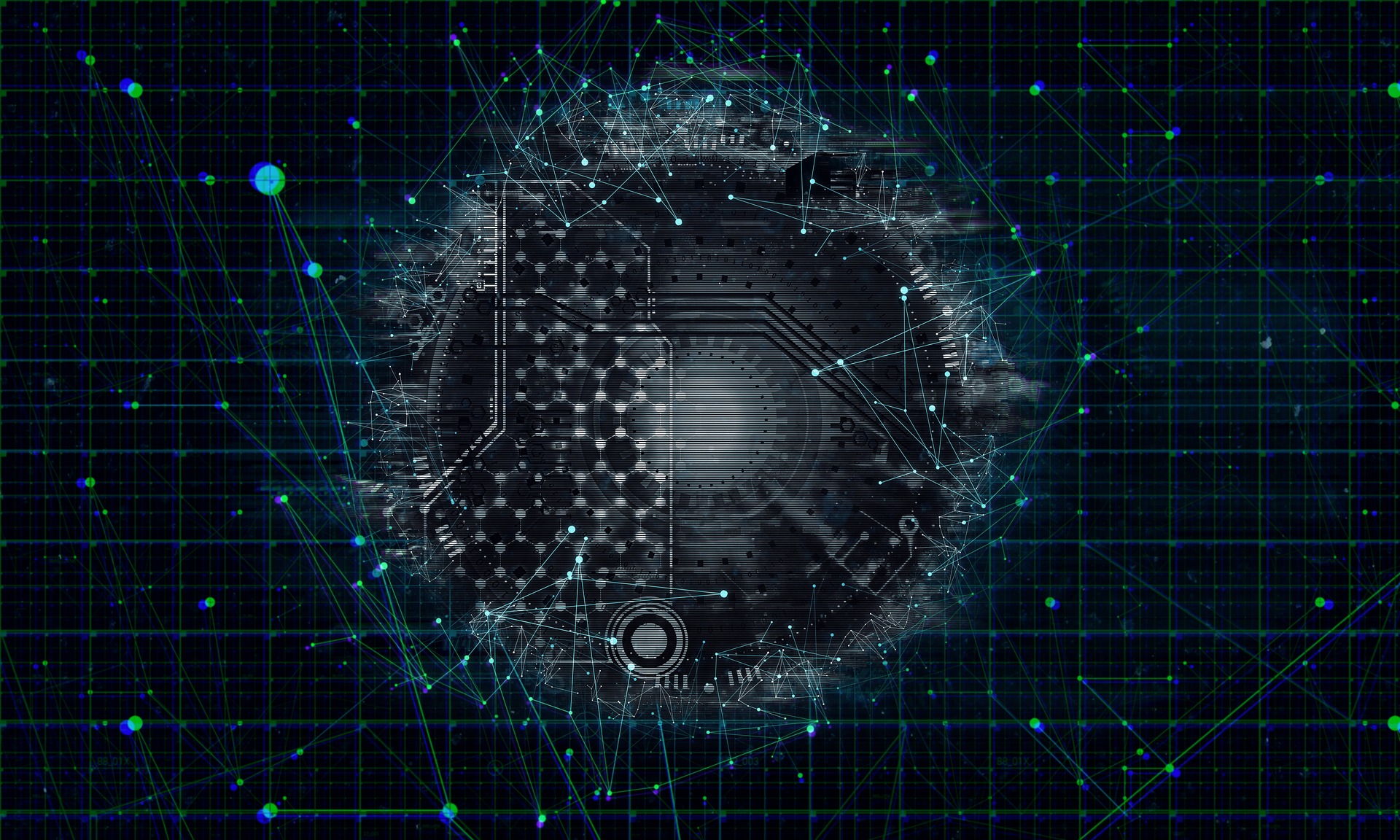Breaking Through the Fog: The Uncharted Potential of Fog Computing
Fog computing, an extension of cloud computing, is an emerging technological paradigm that is revolutionizing data processing. It promises to drastically reduce latency, increase network efficiency, and bring about a whole new era of Internet of Things (IoT) applications. Although still in its infancy, fog computing is already making waves in the tech industry. So, what exactly is fog computing, and how is it set to change the landscape of data processing? Let's delve into the fog.

A Brief History of Fog Computing
Fog computing, also known as edge computing, was first introduced by Cisco in 2014 as a solution to the growing data demands of IoT devices. As more and more devices started connecting to the internet, the limitations of conventional cloud computing started to show. The cloud’s centralized nature often resulted in high latency and data bottlenecks, especially for applications requiring real-time processing.
Fog computing aims to overcome these limitations by decentralizing data processing. Instead of sending all data to a distant cloud server for processing, fog computing processes data at the edge of the network, i.e., closer to the data source. This dramatically reduces latency and enhances the efficiency of data processing, making it particularly useful for time-sensitive applications.
The Current State of Fog Computing
Recent advancements in hardware and software technologies have brought fog computing from concept to reality. Today, numerous industries, including healthcare, transportation, and manufacturing, are leveraging fog computing to optimize their operations and improve services.
For instance, in the healthcare industry, fog computing is used to analyze patient data in real-time, enabling faster and more accurate diagnoses. In transportation, fog computing aids in real-time traffic management and vehicle-to-vehicle communication, enhancing road safety. Meanwhile, in manufacturing, fog computing is used to monitor and control production processes in real-time, thereby improving efficiency and reducing downtime.
The Future of Fog Computing
As the IoT continues to expand, the demand for fog computing is expected to rise exponentially. According to a report by MarketsandMarkets, the global fog computing market is projected to reach $768.78 million by 2026, growing at a Compound Annual Growth Rate (CAGR) of 55.6% from 2021.
Despite its immense potential, fog computing is still facing several challenges, including data security and privacy concerns, lack of standardization, and difficulties in managing fog networks. However, tech companies worldwide are actively working on addressing these issues and further refining the fog computing model.
The Impact of Fog Computing
The advent of fog computing is expected to have a significant impact on the tech industry and beyond. By reducing latency and improving network efficiency, fog computing can unlock the true potential of the IoT, enabling a myriad of applications that were previously unimaginable.
Moreover, by decentralizing data processing, fog computing can also help mitigate the environmental impact of data centers, which are notorious for their high energy consumption. By processing data closer to the source, fog computing can significantly reduce the amount of data that needs to be transmitted and stored, thereby saving energy and reducing carbon emissions.
Into the Fog
Fog computing is more than just another tech buzzword—it represents a fundamental shift in the way we process data. Although still in the early stages of development, fog computing has already demonstrated its potential to transform various industries and pave the way for a new era of IoT applications. As we continue to delve into the fog, the future of data processing looks promising indeed.




